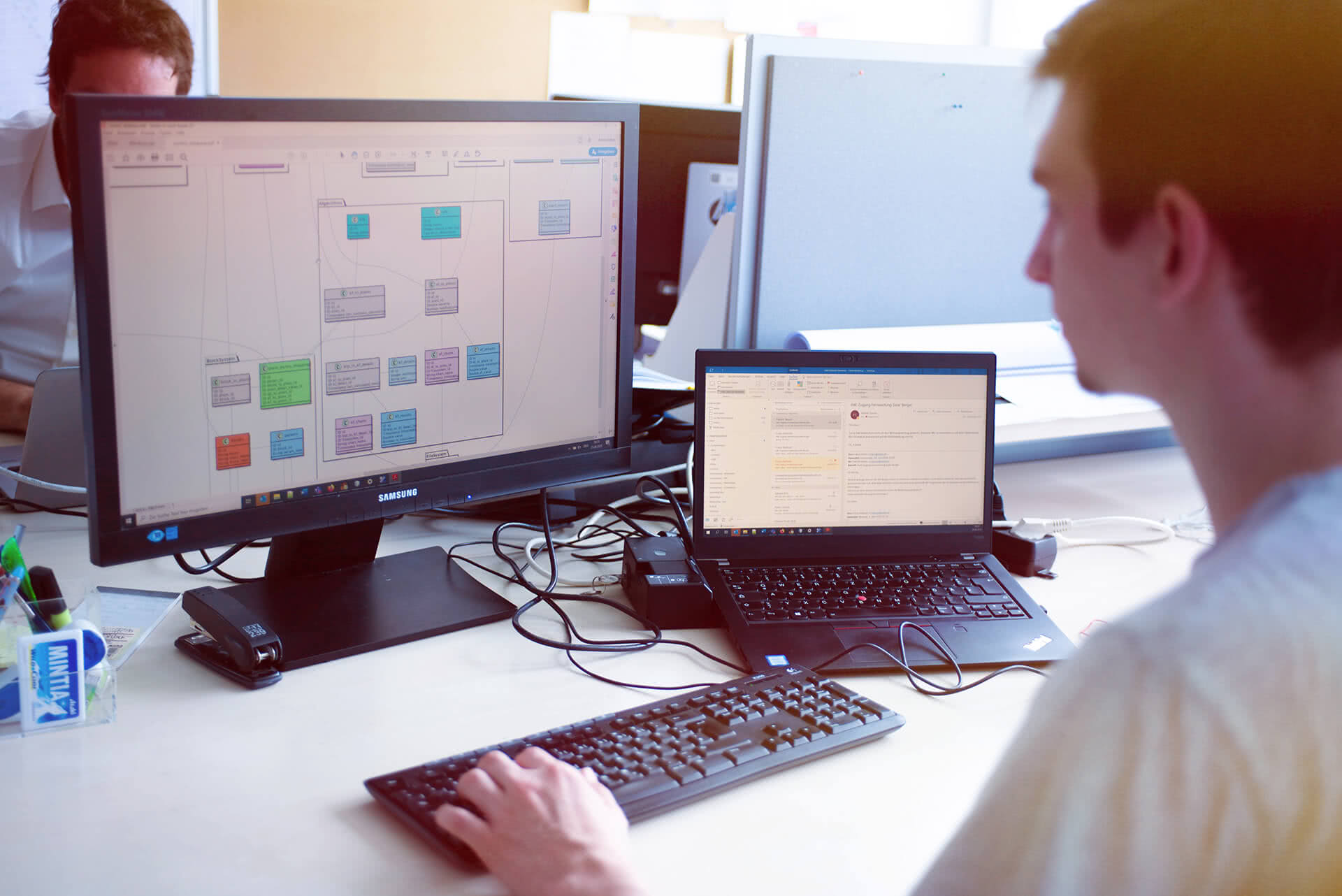Hello!
 Global investment into R&D or research and development is astonishing. Organizations worldwide spent over two trillion dollars on it, accounting for around 2 percent of GDP in the world, with around half coming from industry and the rest from academic and governmental institutions.
Global investment into R&D or research and development is astonishing. Organizations worldwide spent over two trillion dollars on it, accounting for around 2 percent of GDP in the world, with around half coming from industry and the rest from academic and governmental institutions.
Moreover, this number has been increasing significantly over the last decade. While pharmaceutical companies garner much of the attention, many other industries, from automotive to technology, are investing in it too.
Many expect their investment in R&D to yield critical technologies which they can use to design and develop profitable products, services, and business models.
However, many enterprises still lack strategies that have the necessary agility, conviction, and clarity to realize their aspirations. With that in mind, we’ll cover some helpful tips that will enable you to create a robust strategy that will set you up for success.
Create a strategic framework
As many business owners can attest, there usually isn’t a shortage of ideas to improve various facets of an organization. Therefore, to build a framework, you must understand the areas of the business you have to concentrate R&D around.
Look at the current demands of the company that will best meet your goals and identify any limitations that you’ll be facing and opportunities for improvement to achieve your desired outcome. Only when you have a clear picture of the objectives can you begin drilling on your approach, success determinants, reporting, and measurement.
Assign dedicated personnel or teams for the strategy
 A dedicated R&D group or team with assigned responsibilities and roles will enable you to determine whether the program implemented is effective or not. Every member of the team must be aware of the group’s structure and the people responsible for implementing, designing, and researching products, services, or processes.
A dedicated R&D group or team with assigned responsibilities and roles will enable you to determine whether the program implemented is effective or not. Every member of the team must be aware of the group’s structure and the people responsible for implementing, designing, and researching products, services, or processes.
Moreover, they have to understand how it’s tested, the platforms, solutions, and tools used for the DOE or design of experiment, and personnel accountable for decision-making points.
This way, you’ll be able to measure if something is or isn’t working.
Remember that this doesn’t necessarily mean that roles have to be a hundred percent dedicated. For smaller businesses that lack the capacity for dedicated teams, the critical component is to have accountability in every project or program.
A testing environment is key
An ideal testing environment is essential to determining the efficacy of an R&D program. For instance, a restaurant business that adds an item that consumers don’t purchase shouldn’t be tested only for its quality but the entire package. Perhaps the product failed due to a lack of marketing. Or maybe the staff weren’t trained or educated on promoting it. An adequate testing environment makes it possible to indicate every necessary adjustment by considering all factors instead of killing off the program immediately.
Conclusion
Stagnating is often a greater risk than innovation, which is why more and more companies are prioritizing R&D. By following the tips mentioned above, you’ll be able to implement a robust program or strategy that will help you achieve success.
Thank you!
Join us on social media!
See you!






